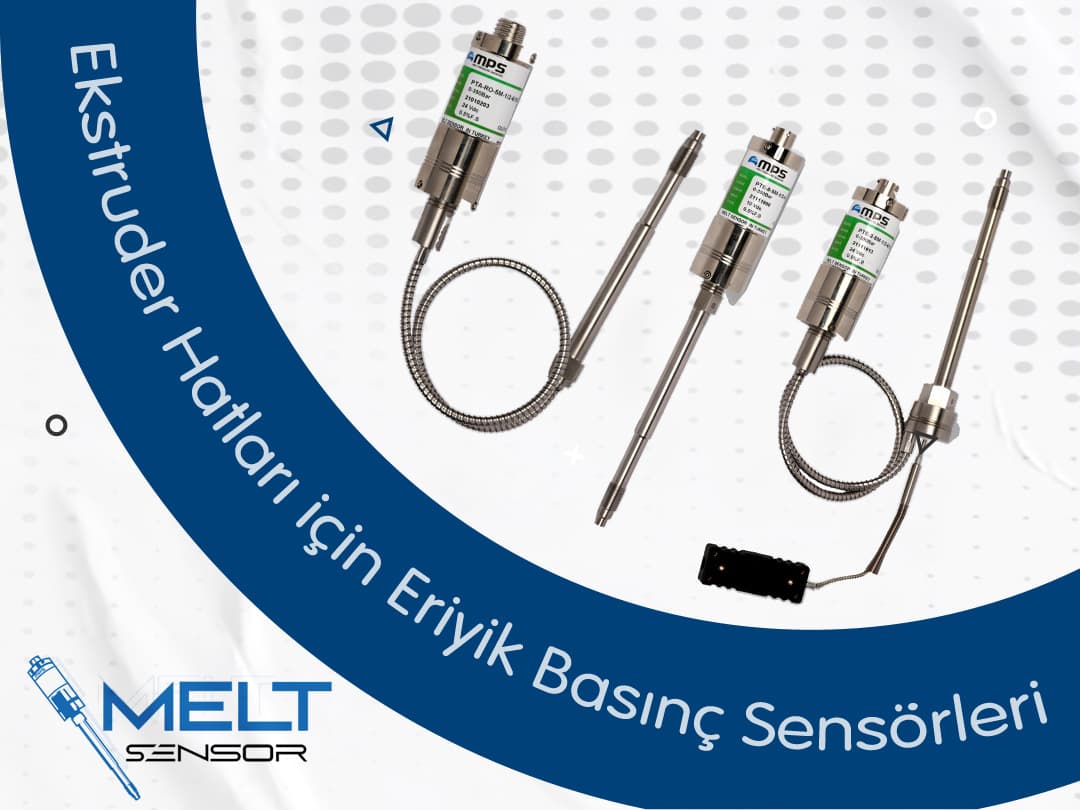
21
01 2025
Melt Pressure Sensors for Extruder Lines
Melt pressure sensors used in extruder lines are precision devices used to measure the pressure of the melt material (e.g. plastic or rubber) during polymer processing. These sensors play a vital role in ensuring the efficient, safe and quality operation of the extrusion process.
Features of Melt Pressure Sensors
Working Temperature Range:
Can operate at high temperatures (200°C - 400°C).
Sensor tips are usually made of high temperature resistant materials (e.g. stainless steel or inconel).
Pressure Measurement Range:
It can usually measure between 0-35 bar and 0-1000 bar.
There are different models to suit various process requirements.
It can provide analog (4-20 mA, 0-10 V) or digital (HART, CANBus) signal output.
Some models have an integrated thermocouple (usually Type J or Type K) for temperature measurement.
Process connections are usually standard thread connections such as 1/2"-20UNF or M18x1.5.
The thread is mounted in contact with the melt material.
It has hardened steel or specially coated tips that are resistant to the abrasive effects of polymer melts.
Accuracy: Provides sensitivity between ±0.25% and ±0.5%.
Provides long-term stability and is resistant to vibration or shock.
Output Signal:
Mounting Type:
Material Durability:
Precision and Stability:
Advantages of Melt Pressure Sensors
Process Control:
Ensures smooth operation of the extrusion process.
Consistency in product quality is achieved by continuous monitoring of pressure.
Energy Efficiency:
Energy savings are achieved by process optimization.
Protects machine equipment by giving warnings in case of overpressure.
Can be easily connected to PLC or SCADA systems.
Machine Protection:
Integrated System Solutions: